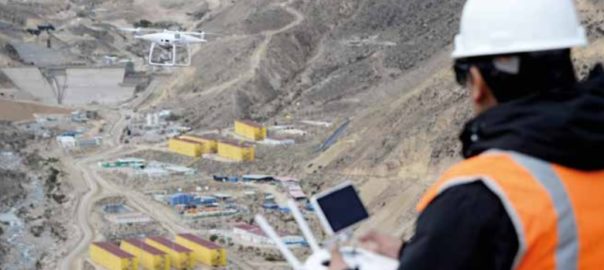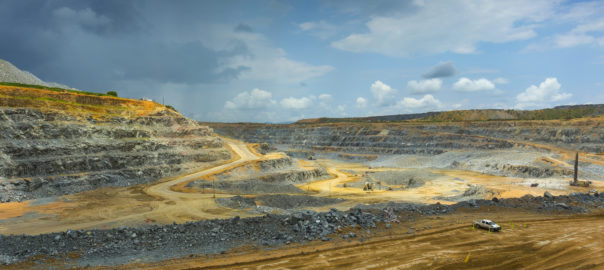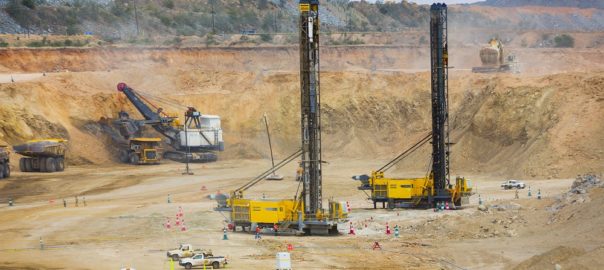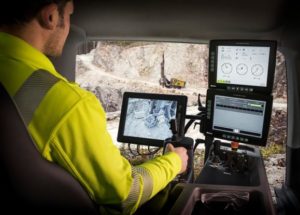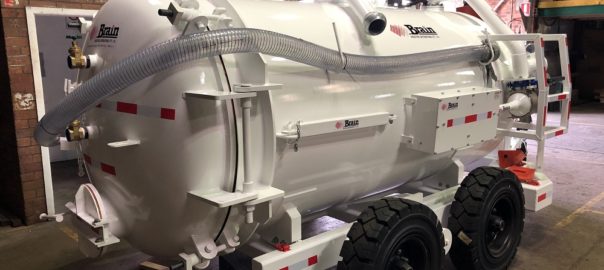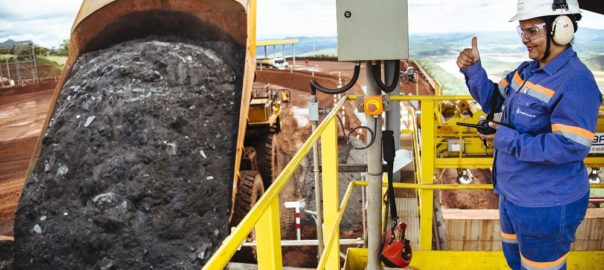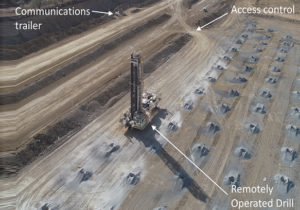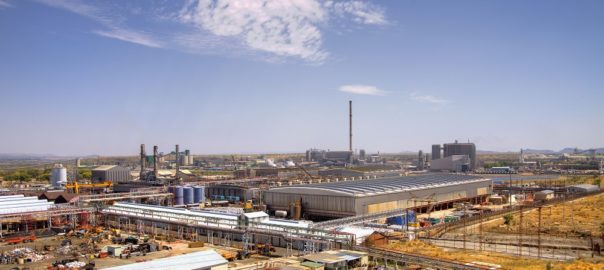Anglo American, in its 2018 annual report, says its use of drones for safety, surveying and security is continuing to expand as it looks to remote-control more of its mining activities.
The company has used drones attached to manned aerial-reconnaissance planes for many years and, today, considers itself an industry leader when it comes to drone use.
Anglo said it has an expanding fleet of drones, from fixed-wing aircraft to quadcopters, with about 50 skilled operators and another 30 people working in drone maintenance across the group. This is spread across its platinum group metal operations in South Africa, the Kumba iron ore mines (also in South Africa), and at De Beers diamond asset sites in Canada, Namibia and South Africa.
“Drones are an important part of our drive to remote-control many of our mining activities while gathering enhanced data and real-time operational performance metrics,” Anglo said. “They provide rapid visual access and multiple views, with smaller drones being used to inspect confined spaces on mines and in processing plants, while bigger aircraft are able to fly at night and stay aloft for up to eight hours.”
Drones are being used in varied tasks such as exploration, mine mapping and calculating the volume of stockpiles, Anglo said, adding that they are proving to be cost effective.
“The deployment of drones is assisting in making our activities safer. Crucially, their use avoids the need for people in potentially hazardous areas,” the company said.
Drones are now being used to inspect and monitor high-risk areas, including stockpiles, mine slopes, ore passes, tailings dams and chemical-storage facilities, Anglo said. They can check for the presence of personnel in a blast area, and measure fragmentation or the direction of dust movement after a blast. By employing them in such applications, it removes the possibility of Anglo personnel entering dangerous areas.
Other applications the company is using them on include traffic management at operations, as well as monitoring rehabilitation activity, including in areas where it can be difficult and risky for people on the ground to gain access.
Frans Kruger, Anglo American’s Global Aviation Safety Principal, said: “Drones increase our safety and efficiency, and they let us take human beings out of potentially dangerous environments.”
Anglo concluded: “Drone technology is evolving fast and, as a responsible operator, we are working closely with other drone operators and South Africa’s Civil Aviation Authority, for example, to develop appropriate standards, while also serving with other mining companies on the technical advisory committee of the Flight Safety Foundation.”






